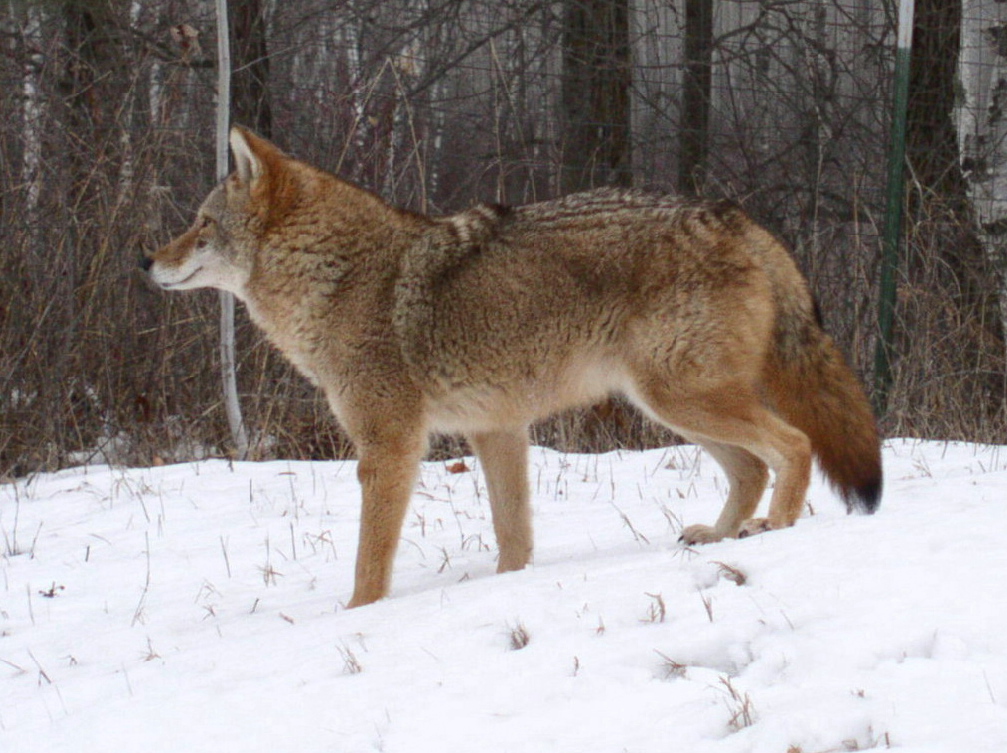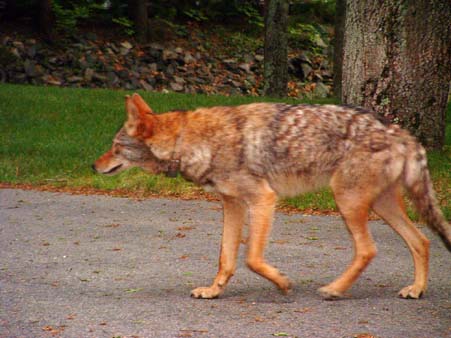
Studies show that urban coyotes generally avoid direct interactions with people. However, as coyotes grow used to humans and begin to lose their fear of people, they may be seen more frequently during daylight hours. Most urban coyotes are active mainly between dusk and dawn, when they are less visible than in daylight. Typically coyotes avoid the urban cores, but in Chicago they inhabit the downtown area and have been able to survive quite well.įinally, urban coyotes have flexible activity patterns. Many kinds of habitat that coyotes use in rural areas, such as parks, prairies, forest patches and wetlands, are also found in cities. In contrast, coyotes are habitat generalists that can live on and around a wide variety of land types and covers. For example, the Kirtland’s warbler is a rare North American songbird that breeds only in young jack pine forests in Michigan, Wisconsin and Ontario. Some wild species need very specific types of habitat to survive. University of Wisconsin Urban Canid Project, CC BY-ND Each red star shows somewhere he stopped over the span of a few days. This map of the west side of Madison, Wisconsin, tracks a male coyote collared by the UW Urban Canid Project.

Urban coyotes can roam multiple miles a day. These solitary coyotes can roam many miles per day, which enables them to disperse to new cities in search of food. Solitary coyotes not associated with a pack are somewhat common but tend to be transitory animals looking to join a pack or establish a new one in an unoccupied territory. In urban areas, coyotes live in packs as well, although it may not seem that way because they are often seen individually rather than as a group. In urban environments they’ll supplement their natural diet with human-provided food sources, such as outdoor pet feeders and garbage cans.Ĭoyotes prefer to live in packs, and usually do so in rural areas. In rural areas coyotes may feed on bird eggs, rabbits, deer and a wide range of nonanimal matter, like plants and fruits. As omnivores, coyotes can change their diets depending on the type of food that’s available. Adaptable AnimalsĬoyotes can thrive in urban environments because they are incredibly adaptable.

But as an interdisciplinary team studying how people and coyotes interact in urban areas, we know that peaceful coexistence is possible – and that these creatures actually bring some benefits to cities. People often fear for their own safety, or for their children or pets, when they learn about coyotes in their neighborhoods.

They’re also appearing in Canadian cities. In 2021 a coyote strolled into a Los Angeles Catholic school classroom. Within a few years, however, coyote sightings became common in the Bronx and Manhattan. The draws are abundant food and green space in urban areas.Īt first these appearances were novelties, like the hot summer day in 2007 when a coyote wandered into a Chicago Quiznos sub shop and jumped into the beverage cooler. By David Drake, Bret Shaw, and Mary MagnusonĬoyotes have become practically ubiquitous across the lower 48 United States, and they’re increasingly turning up in cities.


 0 kommentar(er)
0 kommentar(er)
